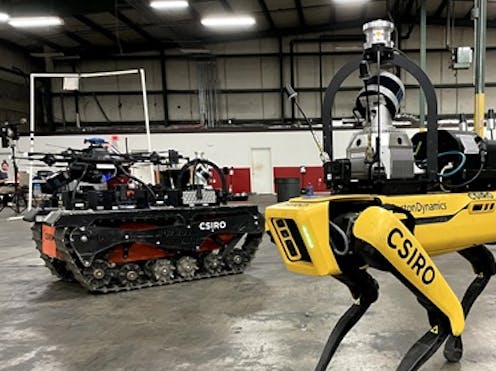Every dollar invested in research and development creates $3.50 in benefits for Australia, says new CSIRO analysis
- Written by Katherine Wynn, Lead Economist, CSIRO Futures, CSIRO

Each dollar invested in research and development (R&D) would earn an average of A$3.50 in economy-wide benefits for Australia, according to evidence compiled in a new report from CSIRO[1].
Many Australians know research and development drives economic growth and improves our well-being and prosperity. However, few could describe the size of the relationship between Australia’s research and development spending and economic growth, or compare this to performance on other typical investment returns.
Examples of future industries that could be unlocked by research and development in Australia include the quantum technology and hydrogen industries. Examples of emerging technologies that could change the way Australians work and live include artificial intelligence and robotics.
This is significant, given recent figures[2] from the Australian Bureau of Statistics show business spending on research and development as a proportion of GDP is just half the OECD average[3], and the lowest it has been since 2003.
We hope our analysis will raise awareness of the value of this kind of spending, and its importance for Australia’s economic recovery and long-term resilience. Investing in innovation now is crucial for the future.

















